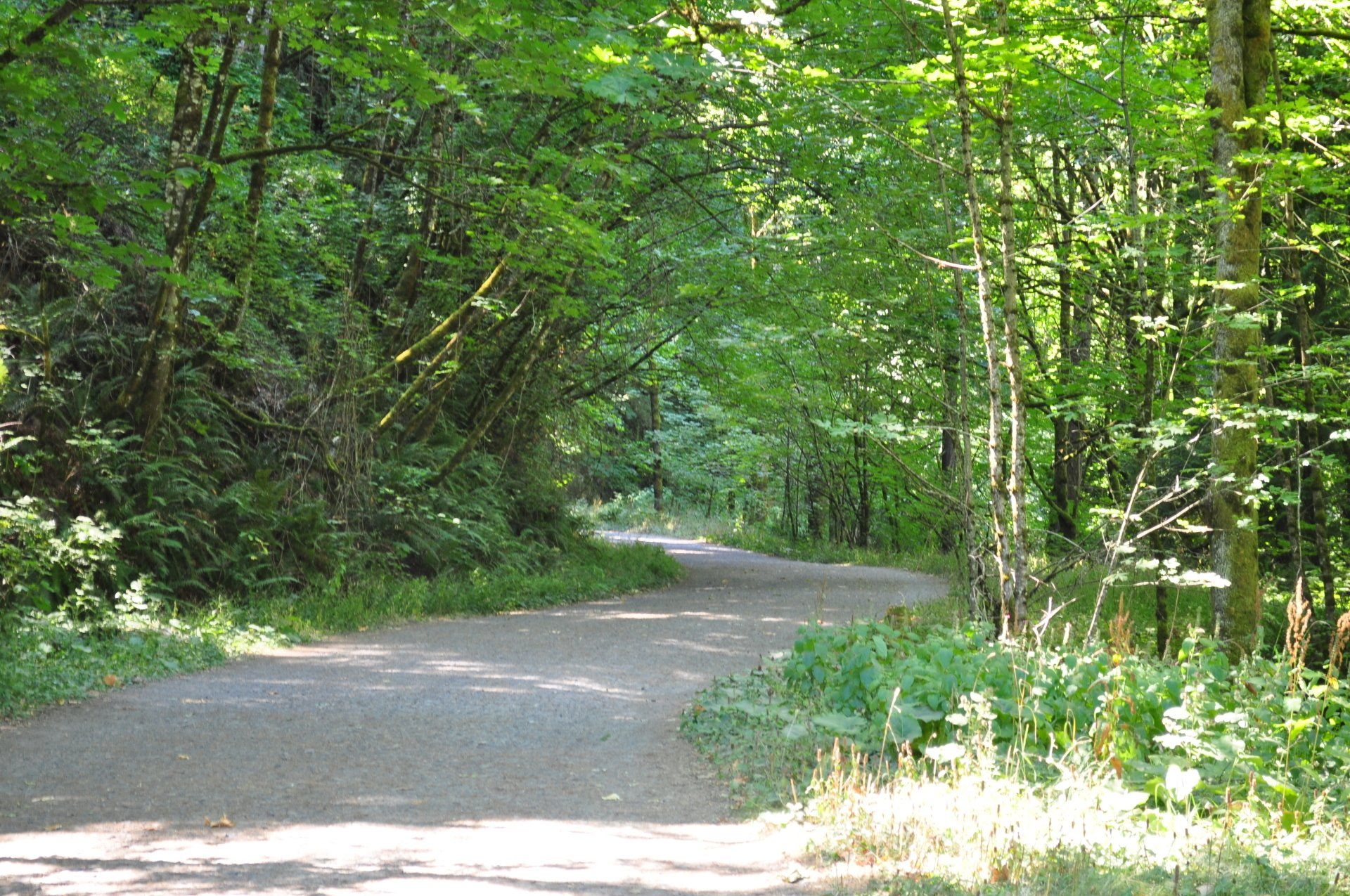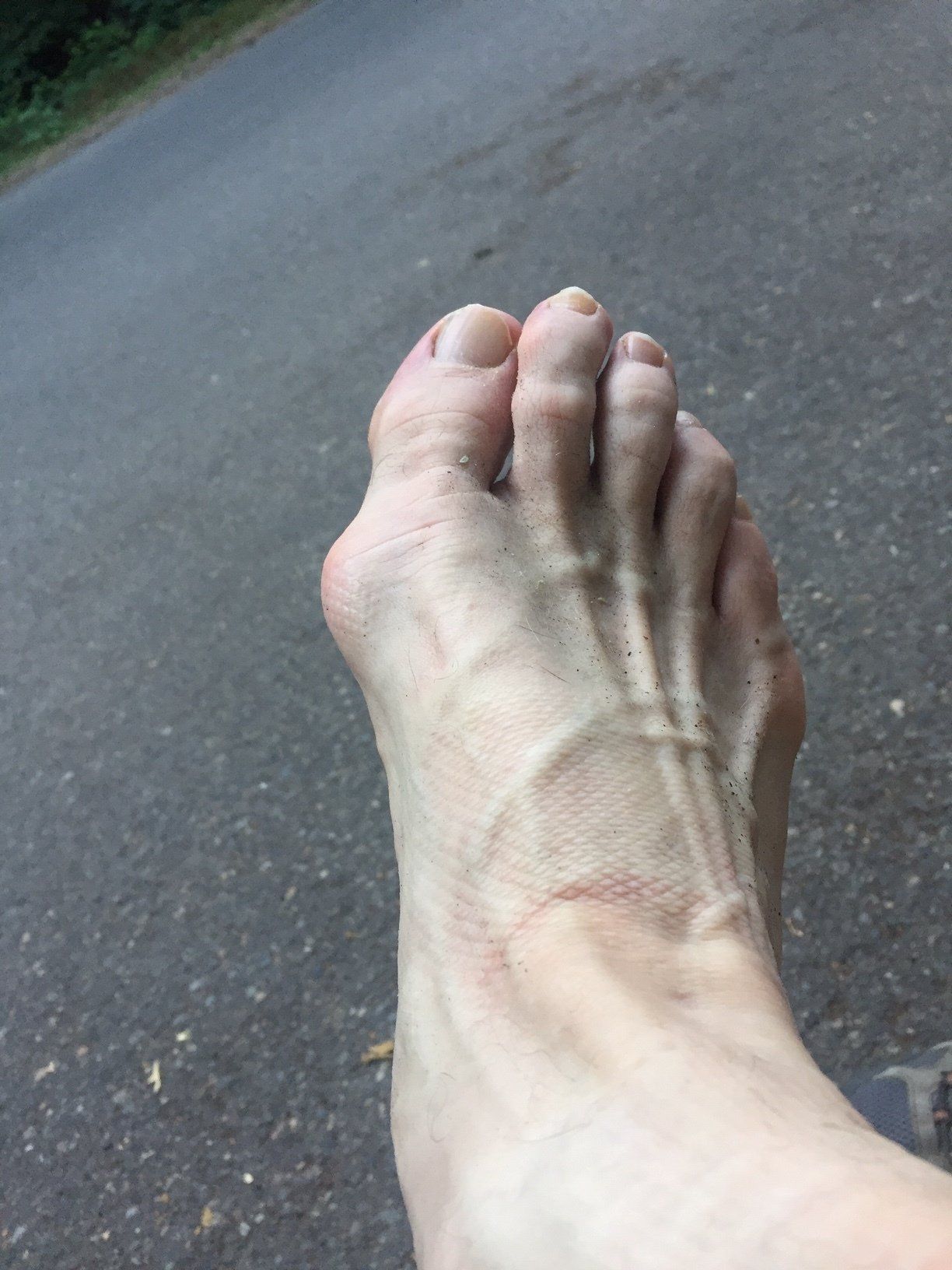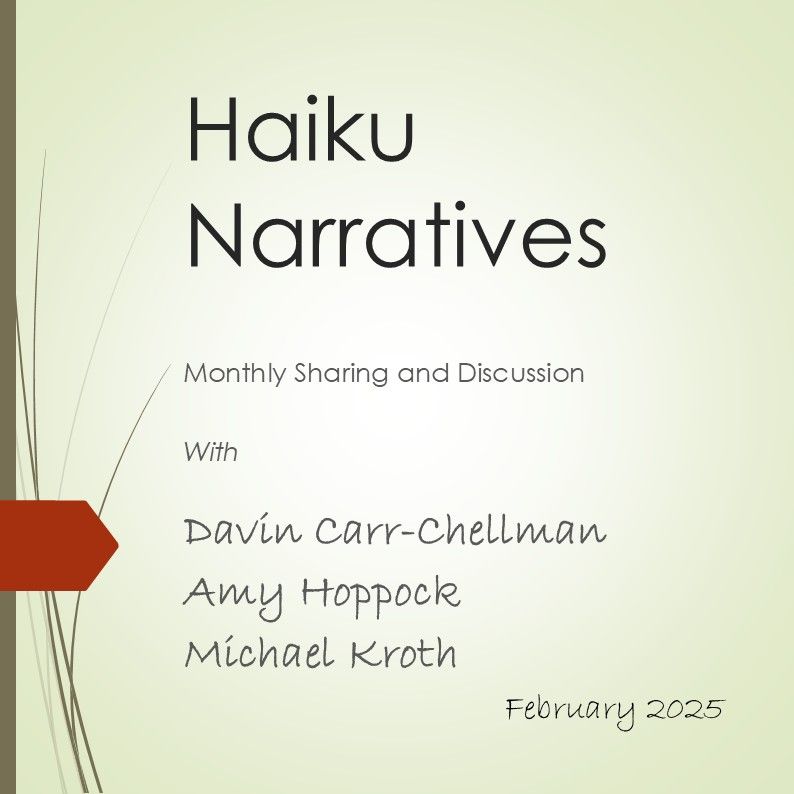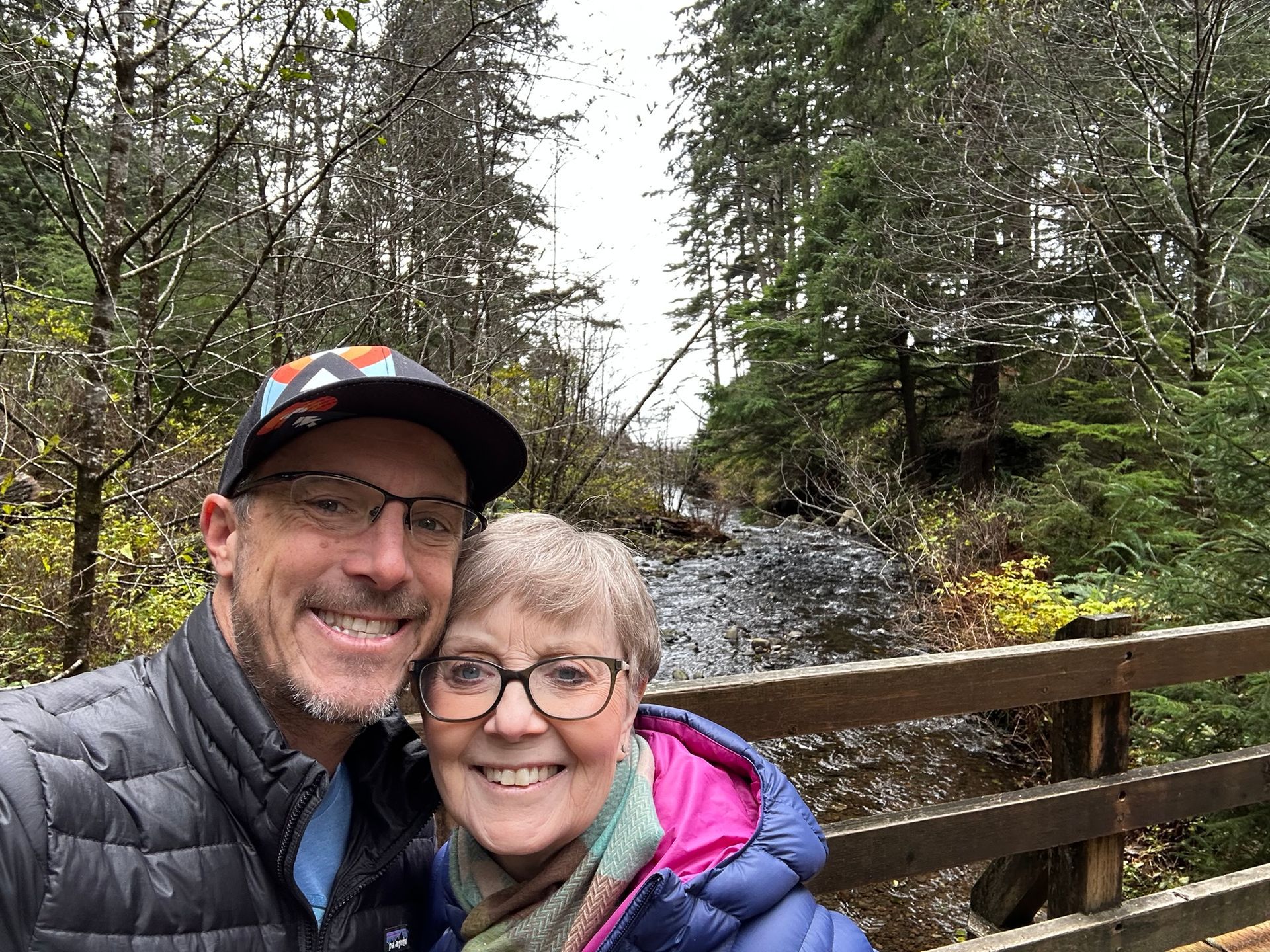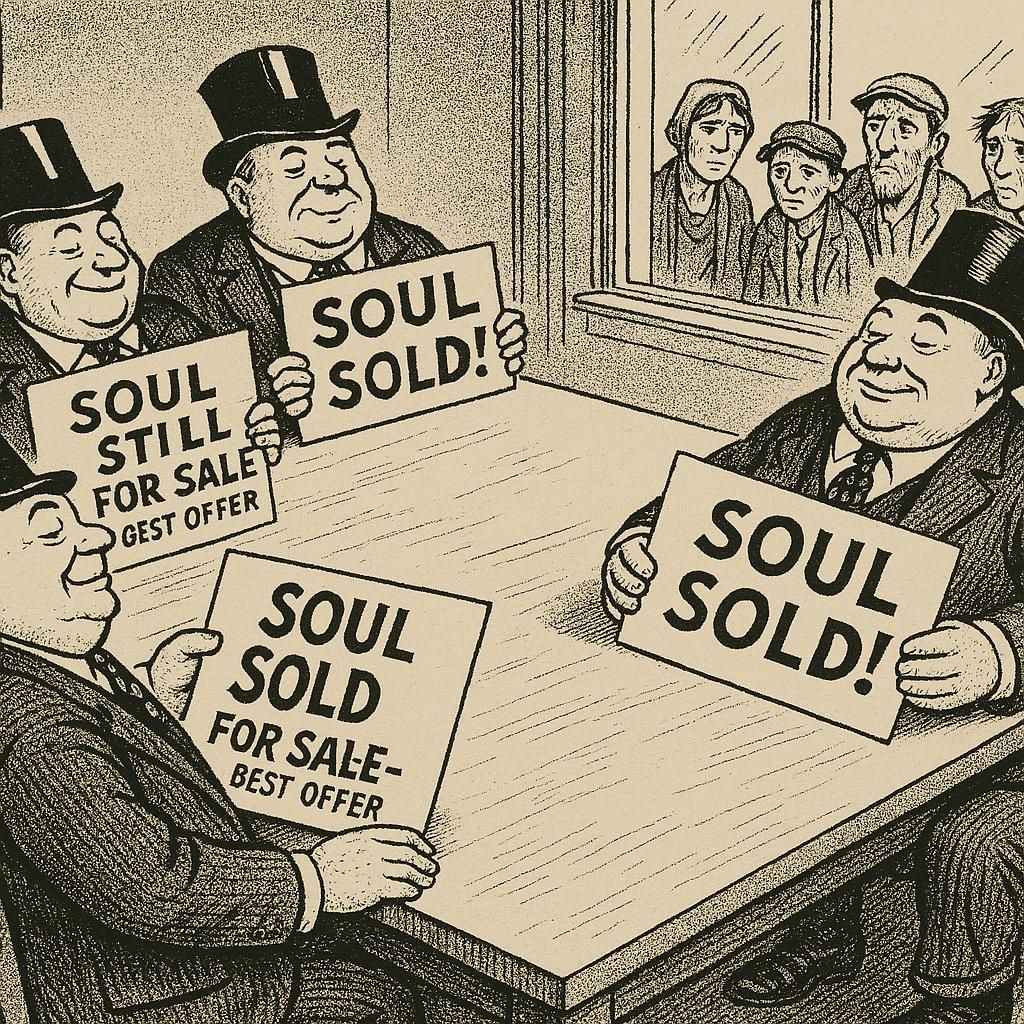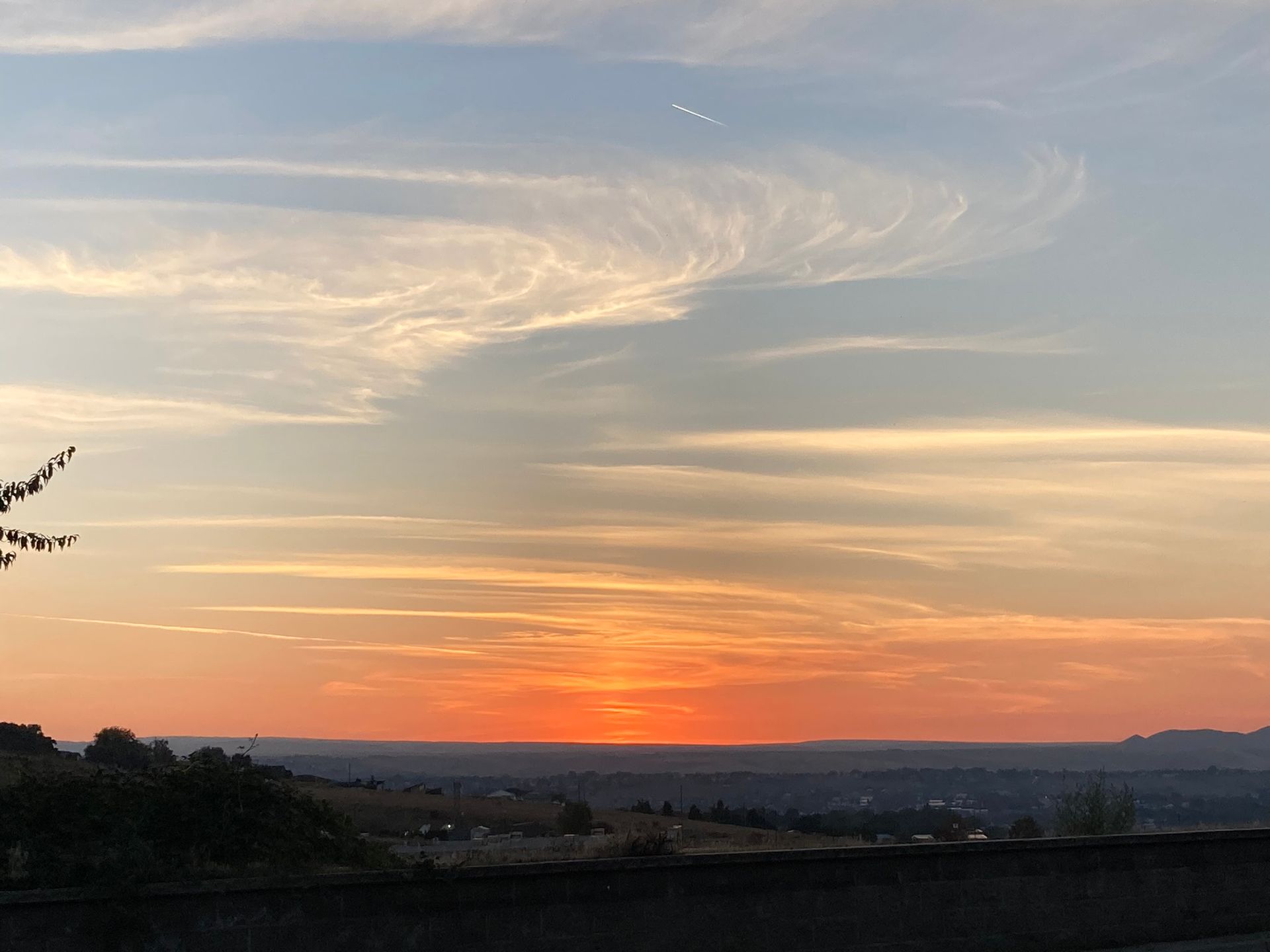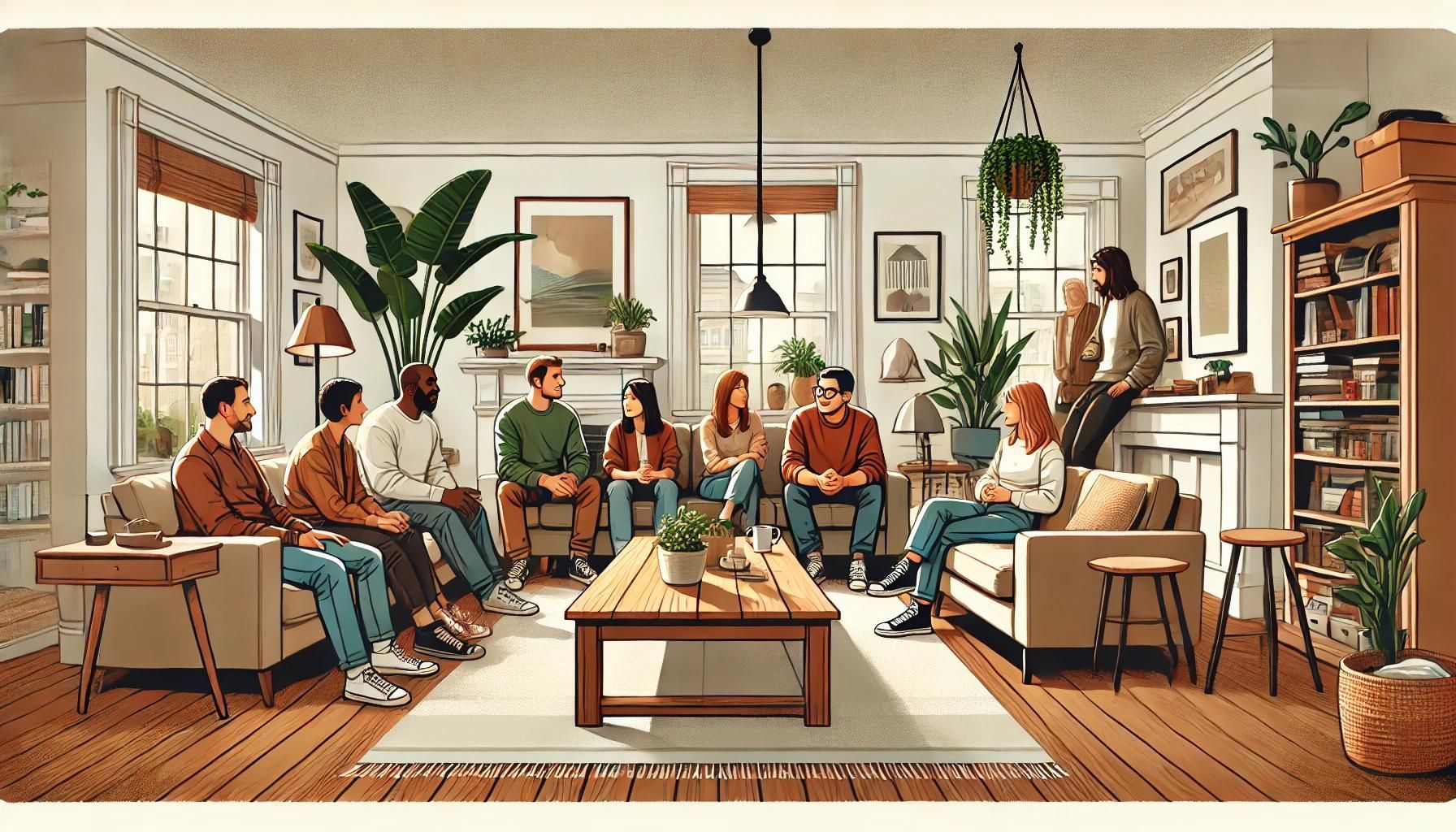Decisions, Decisions
Why Am I Carrying This Chair?
Visiting our son Shane in Portland is nearly always an adventure. The family is engaged in multiple activities and has multiple interests and it is hard to anticipate what might be happening when a parent/grandparent plans to visit. This week, Shane was helping friends with a trail race in Forest Park. Though I’d been to this beautiful area before, I discovered this trip that it has “5,100 wooded acres making it the largest, forested natural area within city limits in the United States ”. My italics. I had no idea.
The. Largest. In. The. Country.
It’s July 30th, hot and hot. I walk – it’s not a hike, but a walk – up Leif Erikson Drive. It’s well before the race and Shane is running somewhere. I decide to make my way up the road far enough to sit and contemplate – to just breathe in and out the beauty of the moment – and to get past all the busyness of the race preparations that would soon occur.
I carry a day pack and a portable chair to sit in so, if the muse strikes, I will be able to write a bit or, more likely, to relax into this inner city woodland. A problem becomes evident after just a mile. I have to decide how far to carry that heavy chair before sitting in it. This isn't an ultralight hiking chair, it is a camping chair. The lane extends forever – it might go as far as Olathe, Kansas or Iowa City, Iowa as far as I knew – and the trees straddling it are so thick I can’t find an off-road spot to park my rear end.
Eventually, I just decide to sit. I write in my journal:
“I don’t know where to stop…If one has not passed a way before the unknown causes poor decision making. If I go just one more curve in the road will beautiful Portland open up before me? If I leave my chair here, will I wish I had it then? The possibilities for making a less favorable decision are here. Mosquitoes surround regardless.”
How far to haul that heavy chair? A couple walk by, older – she with a wide-brimmed sun hat. They are headed downhill, not riding a bike, so I don’t feel intrusive asking about the route ahead.
“It just keeps going,” the gray-haired gentleman says.
I know that already.
“Mile marker 2 is a good place to turn around,” the woman, slender, with dark hair adds more helpfully.
I check. I’ve walked 1.11 miles so far. I can make it with my chair another point-eight-nine mile. I pack up and head toward mile marker 2.
There is nothing exceptional at mile marker 2. It is a fine location but no better place than where I was before. Sure, it is as fine a spot to reverse course as any but, as far as I am concerned, it is an equally-less-than-completely-satisfying location as mile marker 1 ¾ or any other bittaroad along the way.
Decisions, decisions. I shifted the chair from one arm and then to the other and then to the other, all the while slogging up the gravelly path. Do I stop here? Go back? Chuck the chair just to come upon a spectacular ridge overlooking Portland , sans chaise ?
Sure, I can sit on a log or the ground or a rock, but now I have an investment in that chair. I carried it this far. If I don’t use it, all that hefting will be wasted. Somehow the concept of “sunk cost”, learned in my finance course 30 years earlier, escapes me here.
I walk, chair in hand, and then in the other hand, and then the other, uphill.
Step, step, step, step. Up, up, and up. Onward, upward, inward. Four young women, chatting away, pass me easily. One bike rider after another passes by, slowly.
Finally, at mile 2 ½ I dump the chair. My tired arms make the decision for me. The verdict my mind could not make rationally, my muscles and wrists and fingers resolve for me. There is no overlook in sight. No Clift of More or Less. No pastoral scene. No tumbling brook or waterfall. I drop the chair behind the mile marker. Much lighter, my feet fairly leap, now hiking-esque, up the road.
I find the four women at mile marker three. They are taking a break before turning around. Each gives me a friendly smile and a knowing, sympathetic look. Younger kindly observes older, secure in vibrant youngerness. They gaily head back, now continuously downward, out of sight, not seen again.
I too turn back. I realize the race will start soon. I need to be at the starting line when it does. I didn’t come to Leif Erikson Drive to carry a chair five miles, I came to watch a race. I came to see my son.
The chair awaits at mile marker 2 ½. I hustle down Leif Erickson. Time passes. Soon I alternate running and walking, chair bouncing in one hand or the other. Bikes, now heading down, whizz by. Solo, two men, a family of riders, one woman. All in fancy biking clothes branded every inch with this or that. Except the family in shorts and tees. I, how rare , catch up to a person walking here, another one there. I pass the occasional ambler but serious runners overtake me, effortlessly prancing down the path like ponies passing peccaries.
Just seven minutes to the starting gun. Now six. I hurry on. Now three.
I am knackered.
I’m anxious. Missing the start would be like going to the theater and missing the opening curtain. Not good. Barbaric. Uncivilized. Gauche. Bad taste.
There. One person walking around. Two. I still have time. To get to the finish line.
There it is.
I drop my chair and plop my butt into it just before the start. I kick off my shoes and take off my socks. Then I savor the sitting and the watching as folks ready themselves to scurry up the trail. I drink a cup of lemonade.
I write a haiku while sitting:
One hundred-fifty run
I sit in my chair, emptied.
Alone, surrounded.
In my journal, “A peaceful me as many runners and helpers get ready to start a four mile plus race. Oasis of quiet. Empty. Pure observation.”
The race starts. Race organizers and others stand around. Friends and family and their pups sit where they can, on curbs or dirt or Leif Erikson Drive, if they wish to sit.
I rest comfortably, notebook in lap, pen and lemonade in hand, relaxed.
I am tickled that I brought a chair.
For further reading about Forest Park
, check out Forest Park Conservancy
, which provides valuable support for this oasis in the city.
Photo Credits:
Leif Erikson Drive: Joe Mabel [CC BY-SA 3.0 ( https://creativecommons.org/licenses/by-sa/3.0 )]
Foot: Photo by Michael Kroth (The Ansel Adams of dirty feet)

